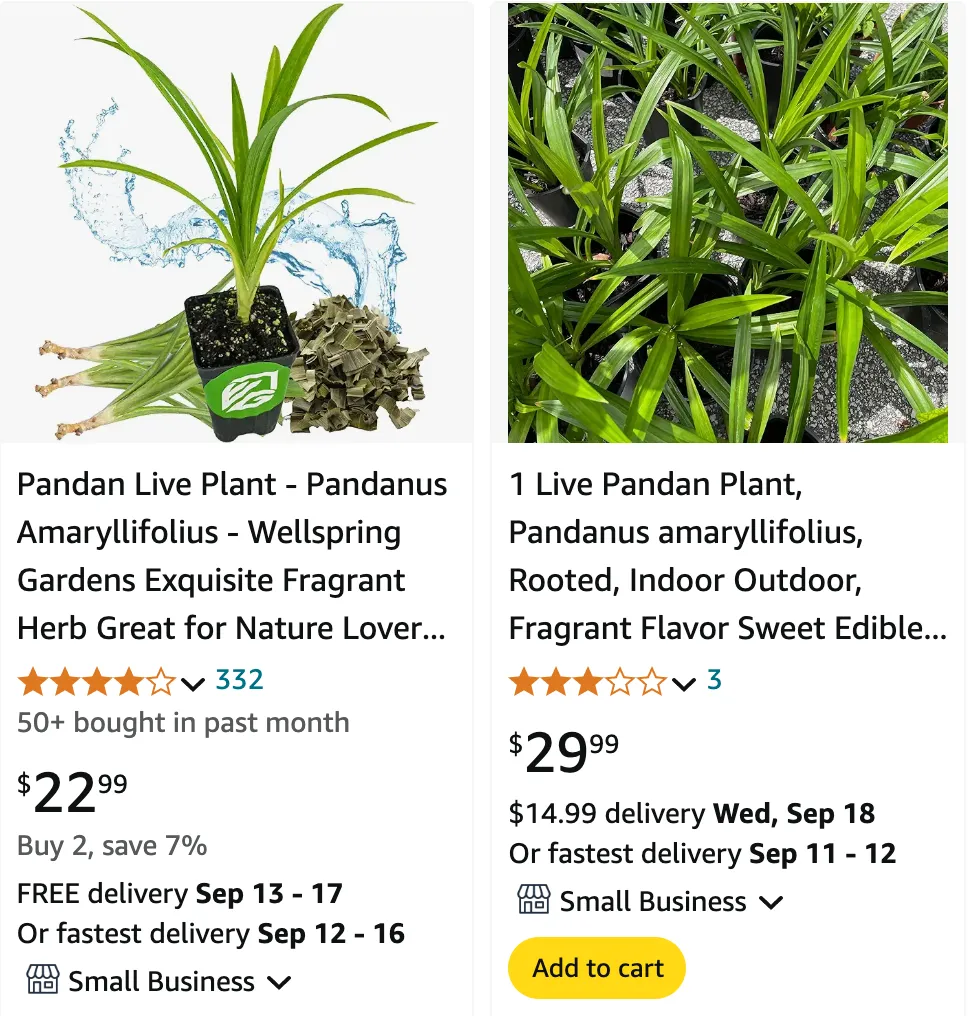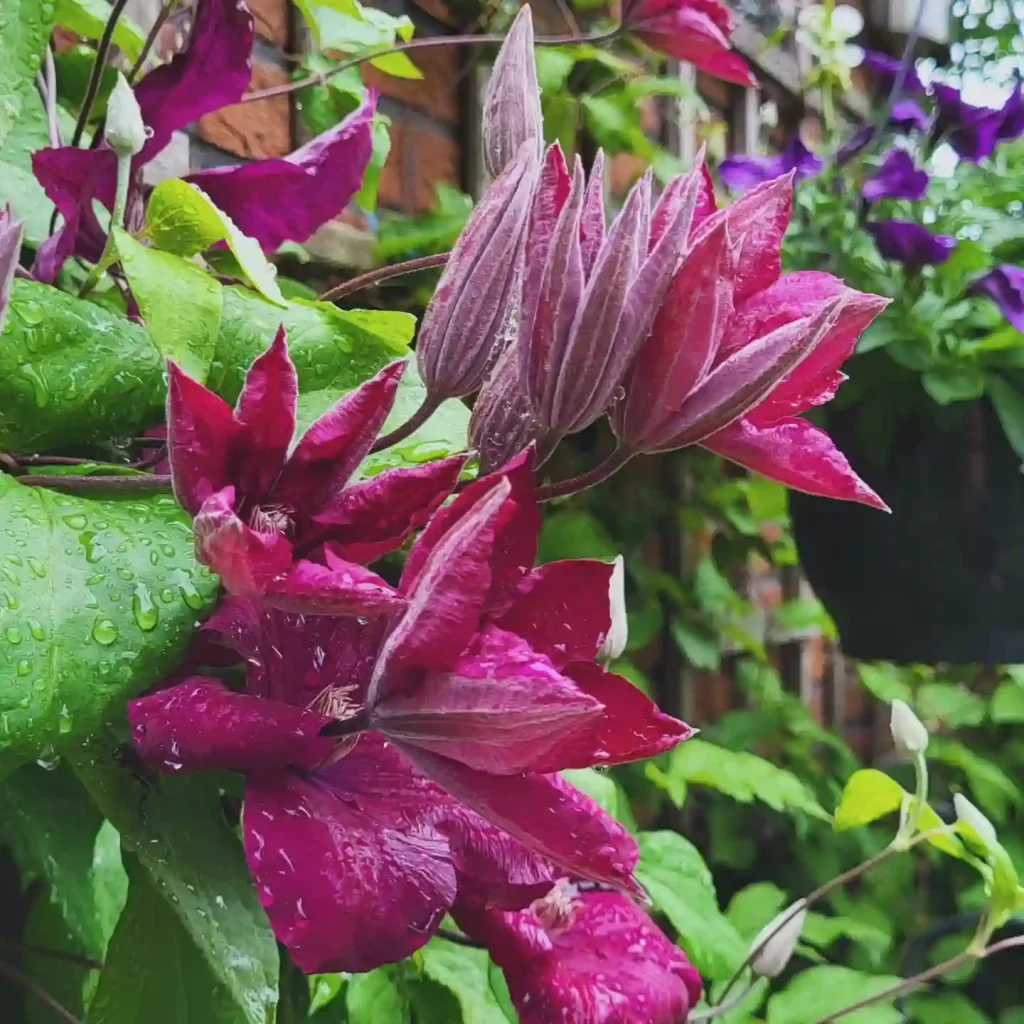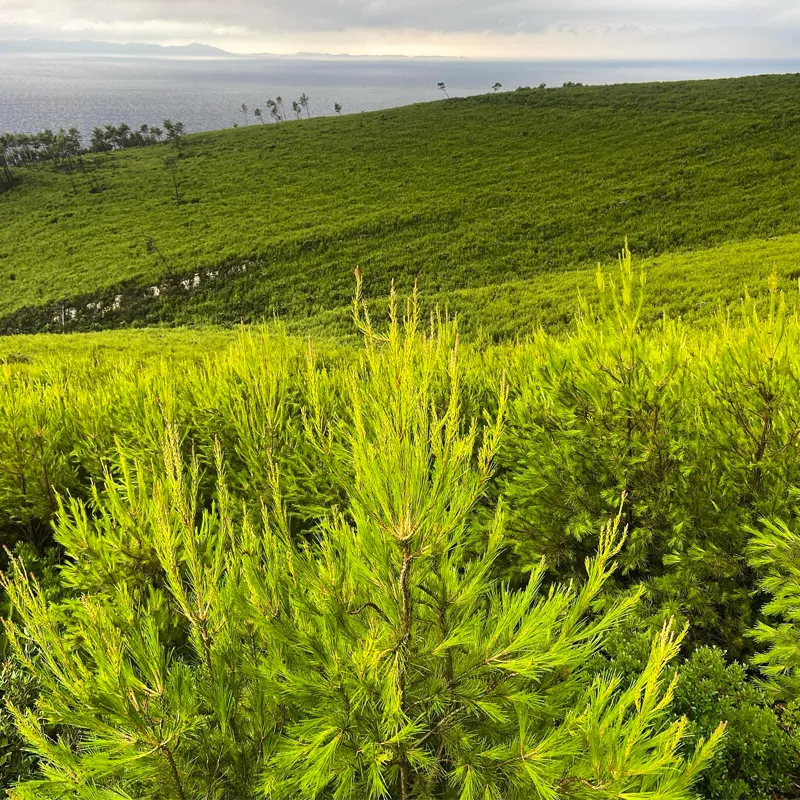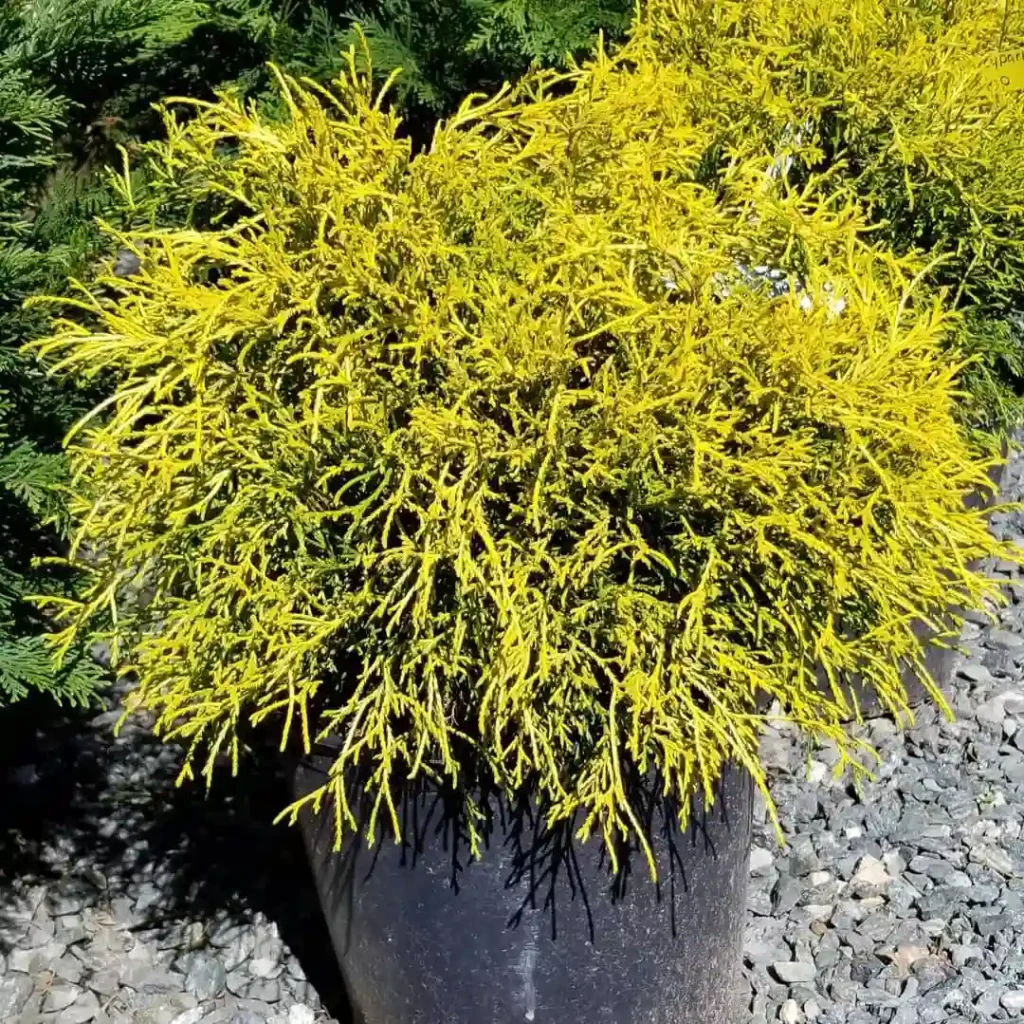
FAQs About Pandanus Amaryllifolius
If you’re like me and you enjoy growing plants that are not only beautiful but also useful in the kitchen, then Pandanus Amaryllifolius is probably already on your radar. This tropical plant is known for its fragrant leaves, which are commonly used in Southeast Asian cooking. Over the years, I’ve had the pleasure of growing, propagating, and caring for this plant, and in this article, I’ll address some of the most common questions about Pandanus Amaryllifolius. Whether you’re wondering about how to grow it, propagate it, or its various uses, I’ve got you covered!
581 Species in Genus Pandanus
What Is Pandanus Amaryllifolius?
Pandanus Amaryllifolius, often referred to simply as Pandan, is a tropical plant native to Southeast Asia. Its leaves are widely used in cooking, especially in countries like Thailand, Malaysia, and Indonesia. What sets Pandan apart from other plants is its aromatic leaves that impart a unique flavor and fragrance to both sweet and savory dishes.
Botanically, it’s a member of the Pandanaceae family, and it grows as a shrub. Its leaves are long, narrow, and dark green, often likened to the leaves of corn but much more fragrant. This plant is commonly grown for its culinary uses, and its subtle vanilla-like aroma is a staple in many kitchens.
How to Grow Pandanus Amaryllifolius?
Growing Pandanus Amaryllifolius is relatively simple if you provide it with the right conditions. This tropical plant thrives in warm, humid climates. If you live in a tropical or subtropical region, you’re in luck; it can grow outdoors all year round. However, for those in cooler climates like me, it’s best to grow it in a pot so that you can move it indoors during colder months.
Here are a few key factors to keep in mind:
- Light: Pandanus loves full sunlight but can tolerate partial shade. If growing indoors, place it near a bright window where it can get indirect light for several hours a day.
- Soil: Use well-draining, slightly acidic soil for your Pandan. You don’t want it sitting in waterlogged soil, as this can lead to root rot.
- Watering: While the plant enjoys moisture, be careful not to overwater. Let the top inch of soil dry out between waterings to prevent waterlogging.
- Temperature and Humidity: Since it’s a tropical plant, it loves high humidity and temperatures ranging from 70-90°F (21-32°C). Misting the leaves occasionally or placing a humidity tray underneath the pot can help boost the humidity levels.
How to Propagate Pandanus Amaryllifolius?
One of the best things about Pandanus Amaryllifolius is how easy it is to propagate. This plant naturally produces “pups” or offshoots at its base. These pups can be carefully separated and replanted to grow new plants.
To propagate Pandan, follow these steps:
- Wait for the Pups to Grow: Allow the pups to grow until they are about 5-6 inches tall and have some roots of their own.
- Gently Separate: Use a sharp knife or your hands to carefully detach the pup from the mother plant.
- Plant the Pup: Place the pup in a small pot filled with well-draining soil, ensuring the roots are covered. Water it lightly and keep it in a warm, shaded spot for a few days until it starts to establish.
- Care for the New Plant: Once it starts growing, move it to a spot with more sunlight and continue with regular care.
Can You Grow Pandanus Amaryllifolius Indoors?
Yes! Pandanus Amaryllifolius can definitely be grown indoors, and in fact, it’s a popular choice for many plant enthusiasts living in non-tropical regions. I’ve had success growing mine indoors as long as it gets enough light. Just remember to give it the right humidity and warmth it needs to thrive. A sunny window and a humidifier or regular misting will keep your indoor Pandan happy.
Is Pandanus Amaryllifolius Toxic?
No, Pandanus Amaryllifolius is not toxic to humans or pets. In fact, its leaves are edible and widely used in cooking. You can safely plant it around children and pets, which is always a relief for me. However, like with any plant, it’s good to supervise pets to make sure they don’t excessively chew on the leaves.
What Are the Benefits of Pandanus Amaryllifolius?
The primary benefit of Pandanus Amaryllifolius is its culinary use. Its fragrant leaves are essential in many Asian dishes, and they are often used to flavor rice, desserts, and drinks. Besides its use in the kitchen, Pandan also has potential medicinal properties, traditionally used in folk remedies to treat a range of ailments such as headaches and joint pain.
How to Care for Pandanus Amaryllifolius?
Caring for Pandanus Amaryllifolius is straightforward. Apart from ensuring it gets enough sunlight, water, and warmth, you should occasionally prune the older leaves that may turn brown. I also fertilize mine once a month during the growing season (spring and summer) with a balanced liquid fertilizer. This helps boost growth and keeps the plant healthy.
Common Problems with Pandanus Amaryllifolius
One common issue I’ve faced with Pandanus Amaryllifolius is yellowing leaves, which is usually a sign of overwatering. If you notice the leaves turning yellow, check your watering habits and the soil’s drainage.
Pests like spider mites and mealybugs can occasionally be a problem, especially when growing indoors. I’ve found that wiping the leaves with a damp cloth and using insecticidal soap helps control these pests.
Conclusion
Growing Pandanus Amaryllifolius is incredibly rewarding, especially if you’re into cooking. The plant is easy to care for, propagate, and it brings a bit of the tropics into your home. Plus, its culinary uses make it a must-have for anyone who loves experimenting in the kitchen. With the right conditions and a bit of attention, this fragrant plant will thrive and provide you with both beauty and flavor for years to come.
If i die, water my plants!



